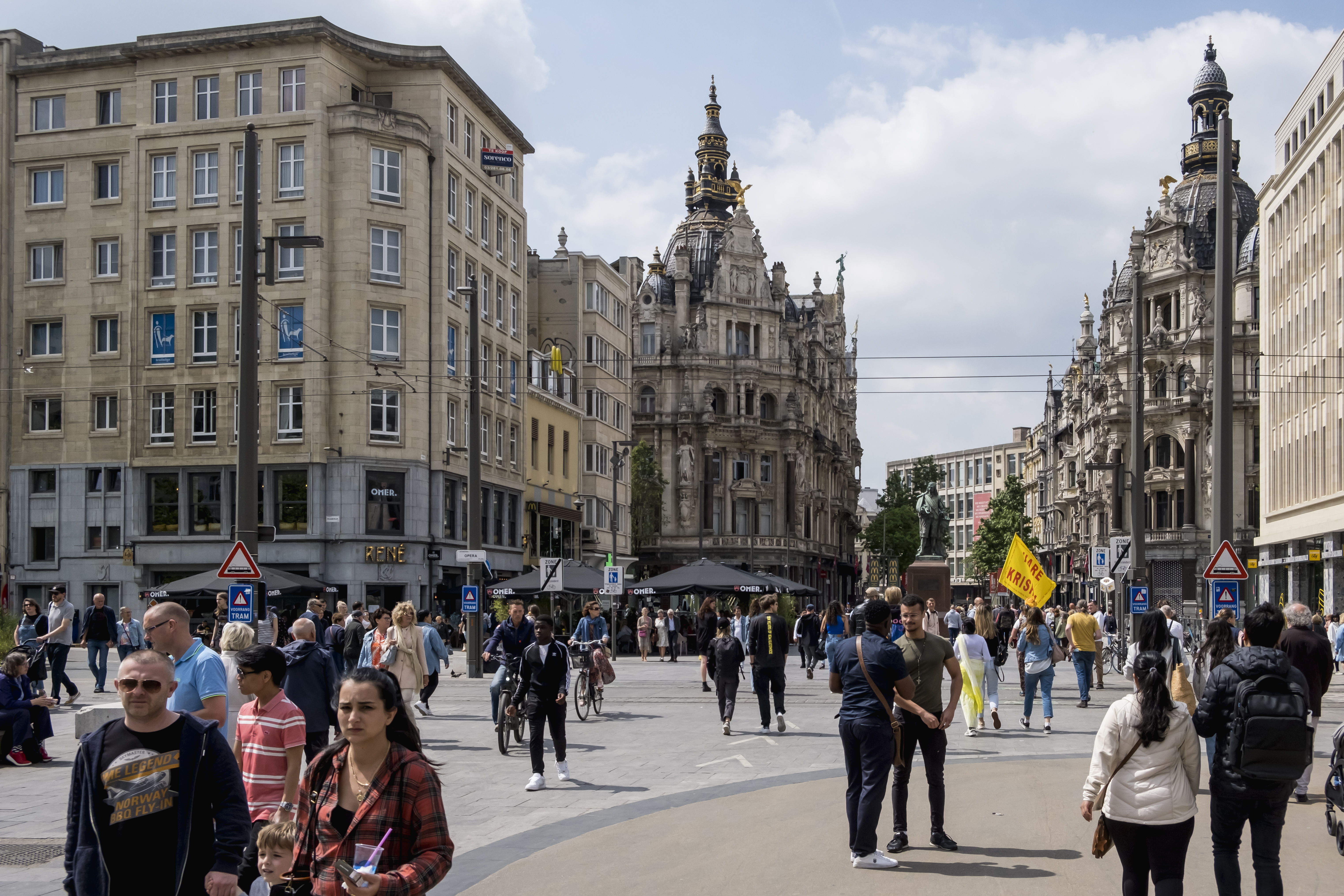Antwerp is building Belgium's largest district heating network

The city of Antwerp wants to heat more than 33,000 homes with district heating networks by 2030. By 2050 half of the city should be heated by this sustainable heating method. In the long term, the city aims to heat all buildings on its territory without the use of fossil fuels.
Heat networks are like central heating systems, but on a very large scale. They can heat a district or even an entire city, for example by using the waste heat recovered from large companies that would otherwise be lost through chimneys, cooling towers or cooling water. Heat from wastewater discharged by water treatment plants can also be recovered in this way. All this waste heat disappears into an underground network of insulated pipes, which in turn heat buildings through heat exchangers, replacing the current fossil fuel-fired boilers.
Reduction of CO2 emissions
By using residual heat from local industry, CO2 emissions can be drastically reduced. 'Roadmap 2030: Stadsbreed Warmtenetwerk Antwerpen' is the guiding principle for the realisation of this extensive heat network infrastructure in the city of Antwerp. In doing so, the city, in collaboration with grid operator Fluvius, is formally taking the step towards the realisation of a comprehensive heat network infrastructure.
"With this Roadmap, the city of Antwerp is taking an important step towards climate neutrality. We are therefore happy to take on our social role in the energy transition by helping to realise the Roadmap and thus responding to the needs of the city," Tom Ceuppens, customer service director at Fluvius says.
The Roadmap contains a strategy and a step-by-step plan for achieving the 2030 target by efficiently deploying and organising resources. With a city-wide heat network, additional industrial (residual) heat sources - along the Scheldelaan and in the Melselepolder - and additional heat consumers - in the vicinity of heat transport pipelines and pilot zones - will be connected. By connecting several heat transport pipelines, the city builds in the necessary flexibility and operational security to absorb the risks associated with the loss of sources.
The 2030 climate plan foresees a CO₂ reduction of 71,000 tonnes per year by connecting buildings in Antwerp, such as large new buildings, hospitals, other complexes with public functions, business premises, etc., to heat networks. This corresponds to making the heat demand of some 33,500 residential units fully sustainable, or almost 10% of the city's current residential and tertiary heat demand. The heat network will require an investment of some 500 million euro, spread across some 20 projects in the city.
"With this city-wide heat network, we are taking Antwerp out of the era of fossil fuels. That is historic," Antwerp alderman for the environment Tom Meeuws claims. "We are doing in 15 years what it took Amsterdam 30 years. We are offering thousands of homes and hundreds of urban buildings a simple 'direct to the door' solution for sustainable heating without emitting another gram of CO₂. We offer connected households greater energy security, so they no longer have to lie awake worrying about exploding gas bills."
In addition to contributing to the reduction of greenhouse gases, the realisation of this heat network also makes a significant contribution to the reduction of nitrogen emissions. The emissions avoided by the gas and oil boilers that are replaced by a connection to the heat network are comparable in size to the effect of the low-emission zone.
The heat network will continue to grow, so that by 2050 up to 200,000 households or 50% of Antwerp's buildings can benefit from this sustainable heating method. The first network will extend along the Scheldt quays and on the left bank. In a later phase, a heat transport connection can also be laid along the Ring. The reservation strips for the heat network pipes are already being provided for this purpose.
(AHU)
#FlandersNewsService
© Easy Fotostock